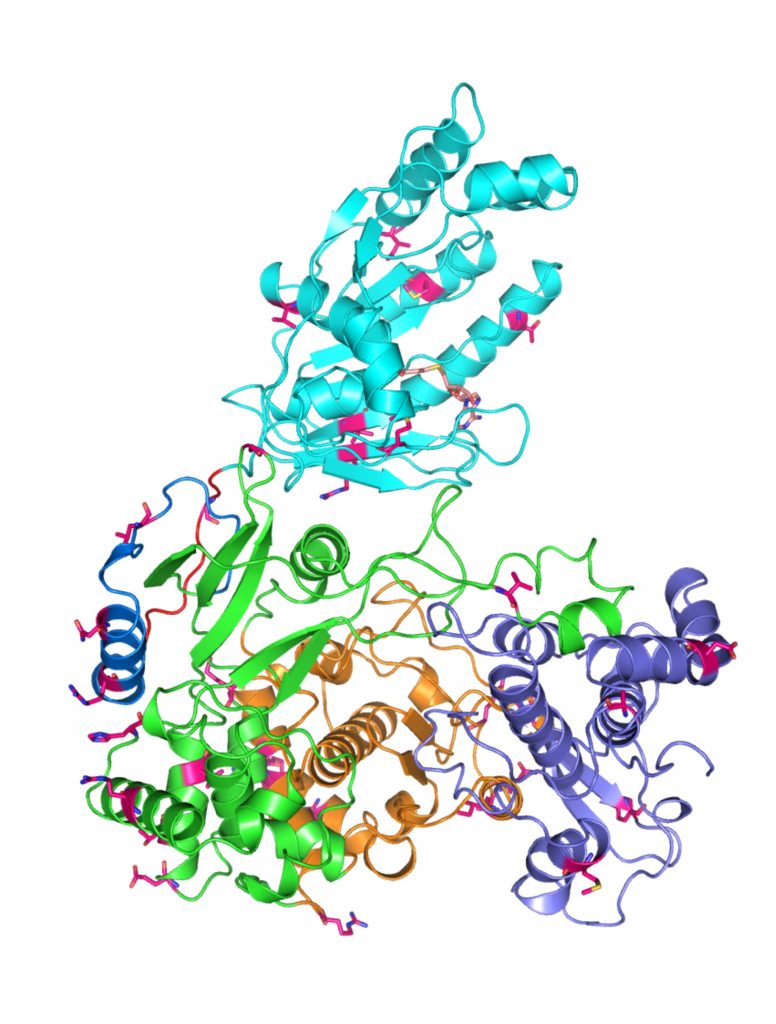
Indiana University researchers are leading a team that has mapped a protein that allows the Zika virus to reproduce and spread. Indiana University Research and Technology Corp. has applied for a patent on the method to reproduce the protein in a laboratory setting.
Cheng Kao, a professor in the IU Bloomington College of Arts and Sciences’ Department of Molecular and Cellular Biochemistry, is one of the leaders on the study.

“Mapping this protein provides us the ability to reproduce a key part of the Zika virus in a lab,” Kao said. “This means we can quickly analyze existing drugs and other compounds that can disrupt the spread of the virus. Drugs to target the Zika virus will almost certainly involve this protein.”
The World Health Organization reports that more than 1 million people in 52 countries and territories in the Americas have been infected with the Zika virus since 2015. The disease has also been confirmed to cause microcephaly in more than 2,700 infants born to women infected with the virus while pregnant. Symptoms include neurological disorders and a head that is significantly smaller than normal.
The IU-led study, conducted in collaboration with Texas A&M University, revealed the structure of the Zika virus protein NS5, which contains two enzymes needed for the virus to replicate and spread. The first enzyme reduces the body’s ability to mount an immune response against infection. The other enzyme helps “kick off” the replication process.
More information about the study, which also appears in the journal Nature Communications, is available here.
Leave a Reply